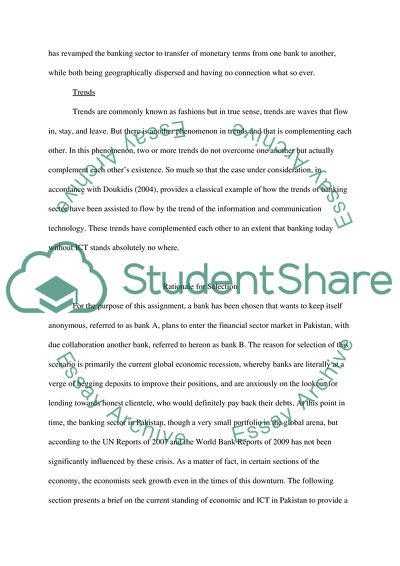Cite this document
(The Impact of IT on the Joint Venture of a Pakistani Bank Research Proposal, n.d.)
The Impact of IT on the Joint Venture of a Pakistani Bank Research Proposal. Retrieved from https://studentshare.org/finance-accounting/1736556-age-of-global-it
The Impact of IT on the Joint Venture of a Pakistani Bank Research Proposal. Retrieved from https://studentshare.org/finance-accounting/1736556-age-of-global-it
(The Impact of IT on the Joint Venture of a Pakistani Bank Research Proposal)
The Impact of IT on the Joint Venture of a Pakistani Bank Research Proposal. https://studentshare.org/finance-accounting/1736556-age-of-global-it.
The Impact of IT on the Joint Venture of a Pakistani Bank Research Proposal. https://studentshare.org/finance-accounting/1736556-age-of-global-it.
“The Impact of IT on the Joint Venture of a Pakistani Bank Research Proposal”, n.d. https://studentshare.org/finance-accounting/1736556-age-of-global-it.


